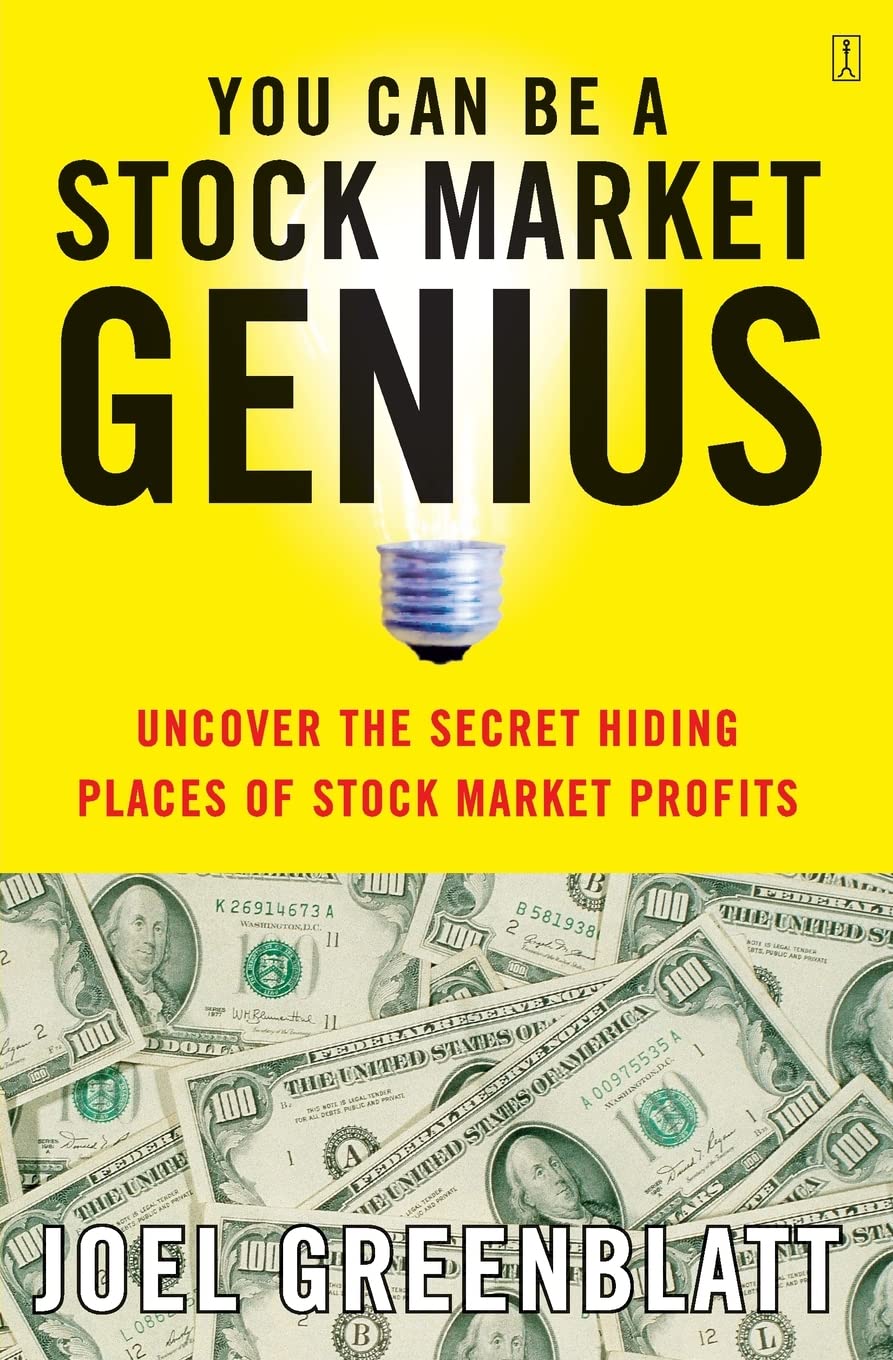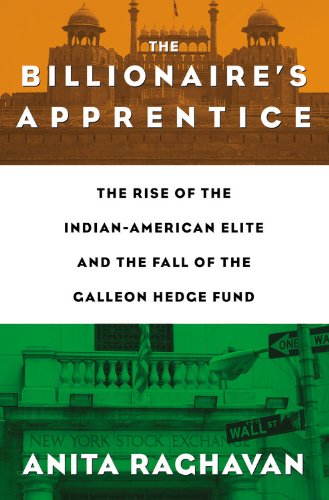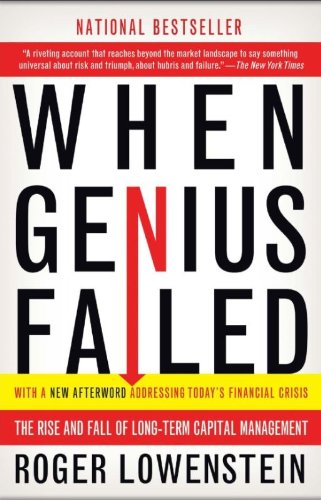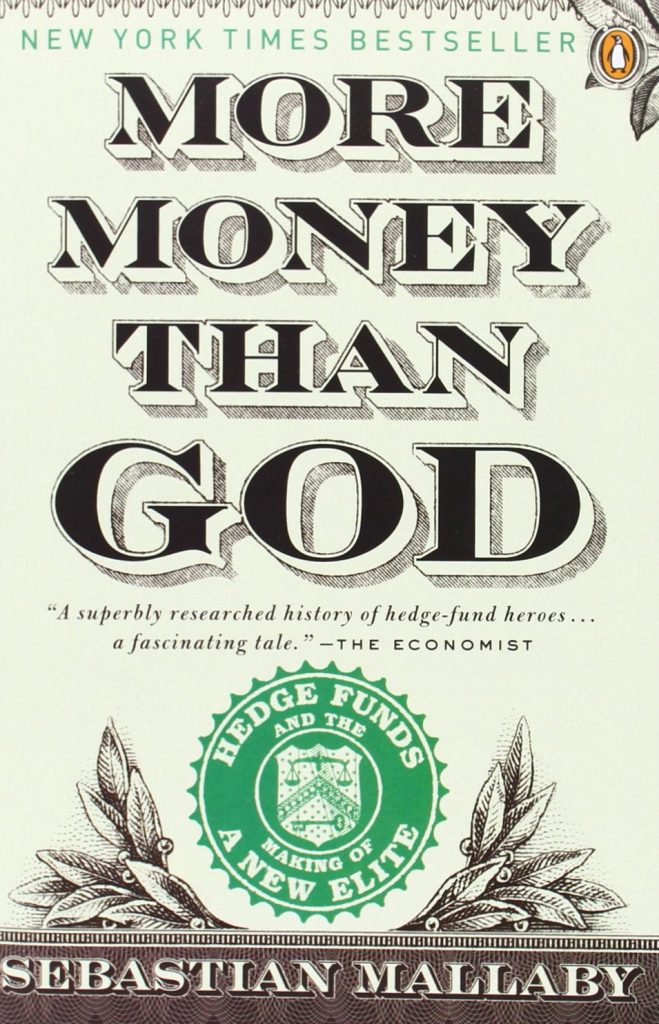Fund manager Joel Greenblatt is a value investor, and the founder and a managing partner of Gotham Capital. He started that hedge fund in 1985 with $7 million, and it has now grown to one that has about $4 billion in assets under management. Greenblatt saw opportunities in special situations, such as spinoffs and corporate restructurings, which resulted in annualized returns of 50 per cent for the first ten years of his firm’s existence. These are all experiences he discusses in his book, You Can Be a Stock Market Genius: Uncover the Secret Hiding Places of Stock Market Profits, where he also writes about the fundamentals of value investing and his own investment philosophy.
We are often taught that portfolio diversification is fundamental to having respectable returns and a less-volatile portfolio – one that is protected from the swings of the market. But Greenblatt thinks otherwise. He says that the deviation in returns between a portfolio with 500 stocks and another portfolio with only five stocks is about the same. He explains how after investing in more than six to eight stocks, the benefit of adding more stocks to your portfolio is minimal, using the concept of non-market risk. If you want to see greater-than-average returns, he says, it’s best to be “swinging at one of twenty pitches” with great knowledge and conviction in each of your picks.
Greenblatt also believes that risk is misunderstood by most investors. Risk is typically measured as a company’s ‘beta,’ which is a measure of stock price volatility relative to the market. To Greenblatt, this concept of using volatility as a measure of risk is flawed. For instance, he argues that if you have a stock that moves up significantly over the course of a year compared to one that moves lower just slightly over the same period, the latter company will be considered less risky, using the concept of beta. Using past price movements as a gauge of risk can also lead to incorrect future assumptions.
Greenblatt uses the following example – a stock that has fallen from $30 to $10 is considered riskier than a stock that has fallen from $12 to $10 using the concept of volatility as a measure of risk. However, the stock that fell from $30 to $10 is now trading at a huge discount relative to its prior valuation and it could be that much of the downside risk in the investment has been eliminated. The book instructs readers to instead focus on stocks that have a large margin of safety – ones that are trading at a low valuation and have limited downside risk. With this in mind, an investor can trust the upside will sort itself out.
After reviewing the fundamentals, Greenblatt introduces his readers to the hidden portions of the stock market. Spinoffs – when a corporation takes a subsidiary and separates it from the parent company, creating a new free-standing company. The result in most cases is that existing shareholders of the parent company will receive shares of the new spinoff company. “A study showed that the stocks of spinoff companies significantly outperformed the overall market by 10 per cent, and six per cent relative to their parent, in their first three years of independence.
The same study showed that most gains in spinoffs are realized in the second year of independence. Greenblatt believes this is because of entrepreneurial changes and stock incentives.
The reasons for a spinoff?
- A parent company holding unrelated businesses that would be appreciated by the market as separate entities.
- To separate a good business from a bad business.
- To move debt away from the parent company.
- Taxes: A spinoff could be tax free, if it meets the requirements laid out by tax authorities.
- To solve a strategic, antitrust, or regulatory issue, especially during a takeover.
With spinoffs, Greenblatt’s general philosophy is that they are underappreciated by investors due to factors outside of their investment worthiness, and often have potential for significant gains after the initial wave of existing shareholders of the parent company sell off their shares of the spun-off company.
The book does a great job of explaining intricate investment opportunities in detail, while making them easy to understand using case studies and examples for the average reader.






